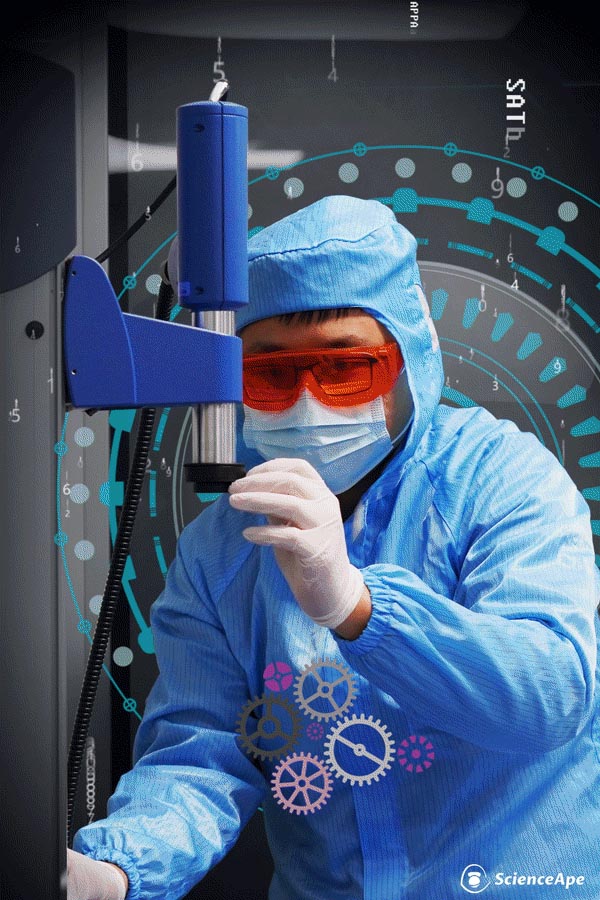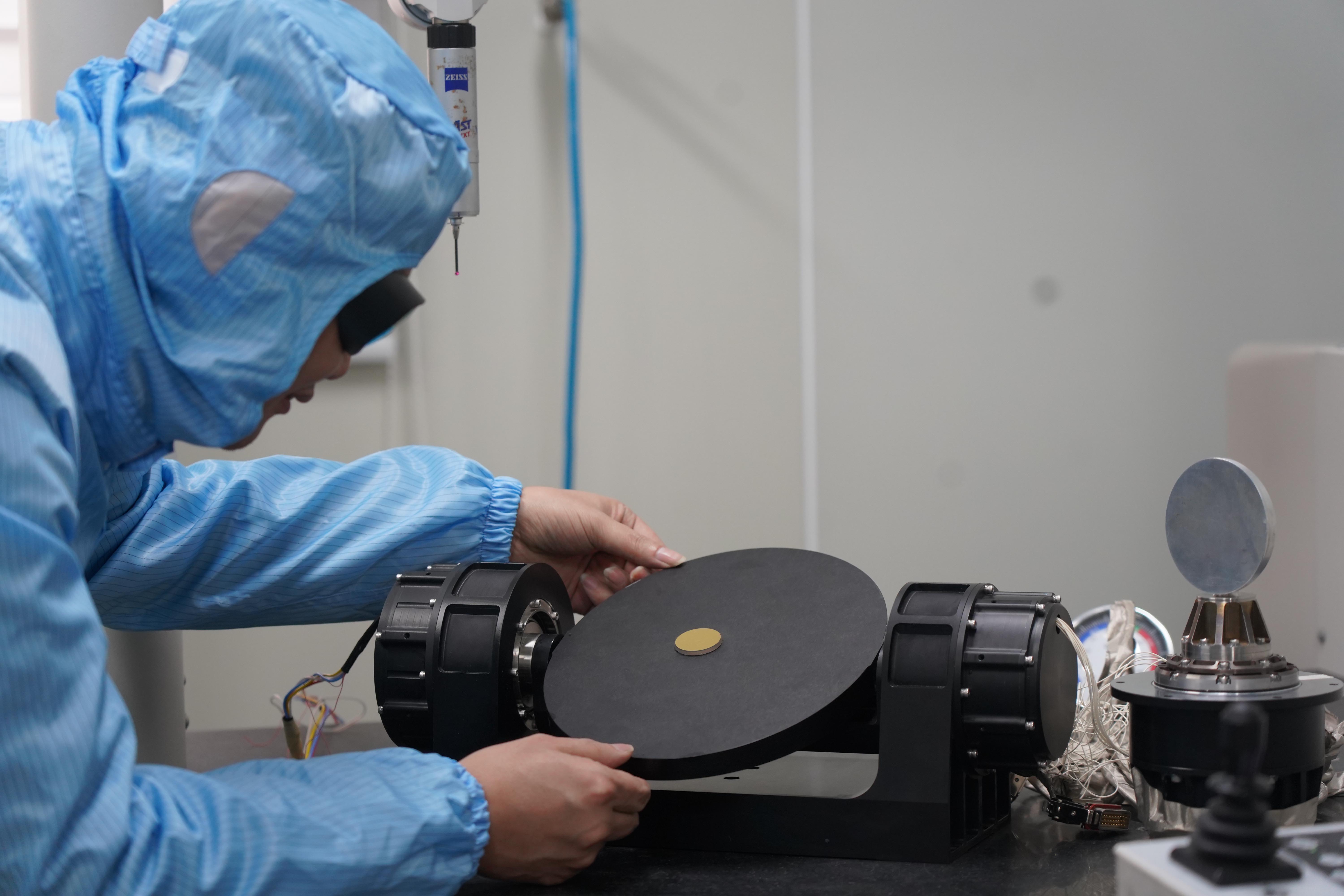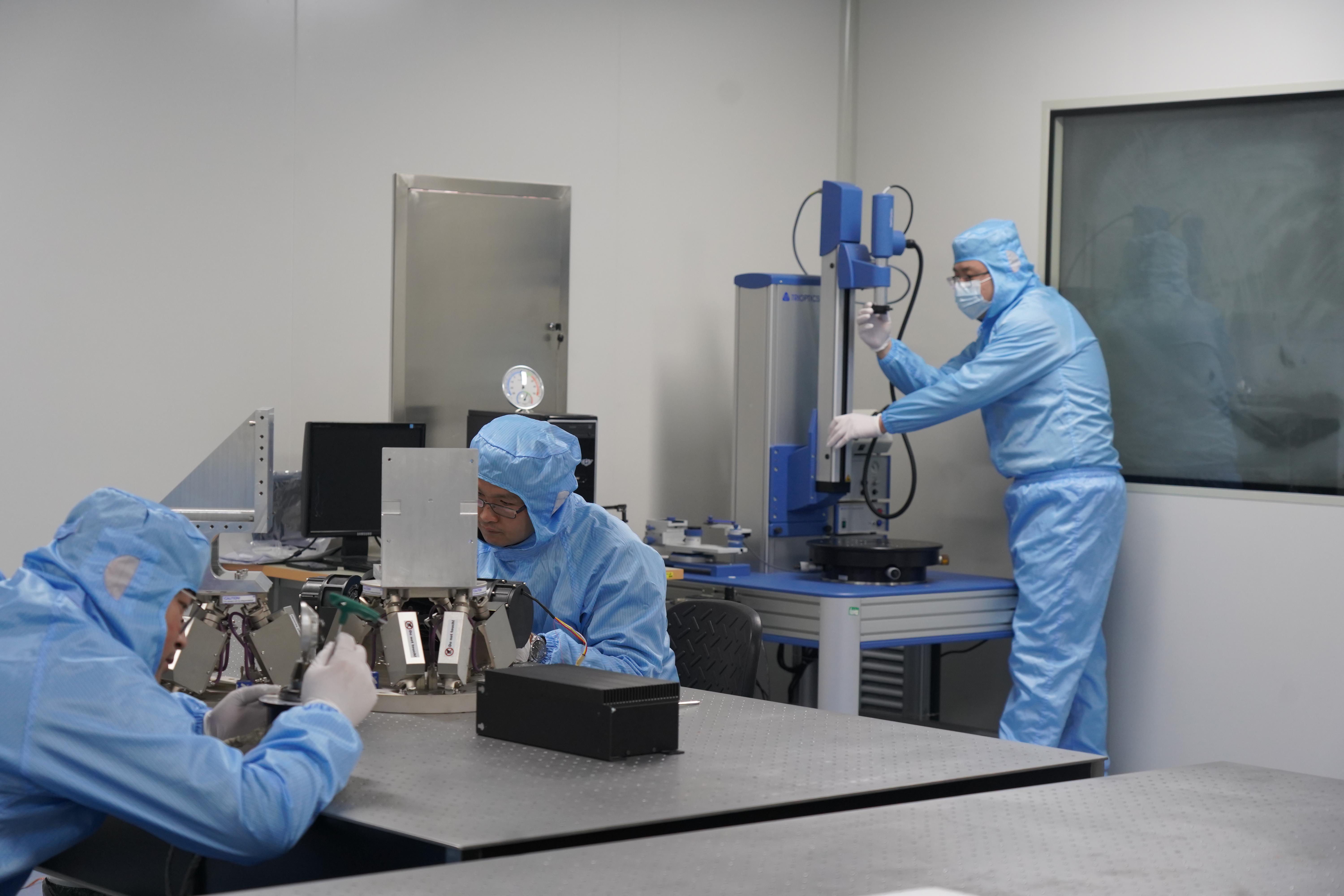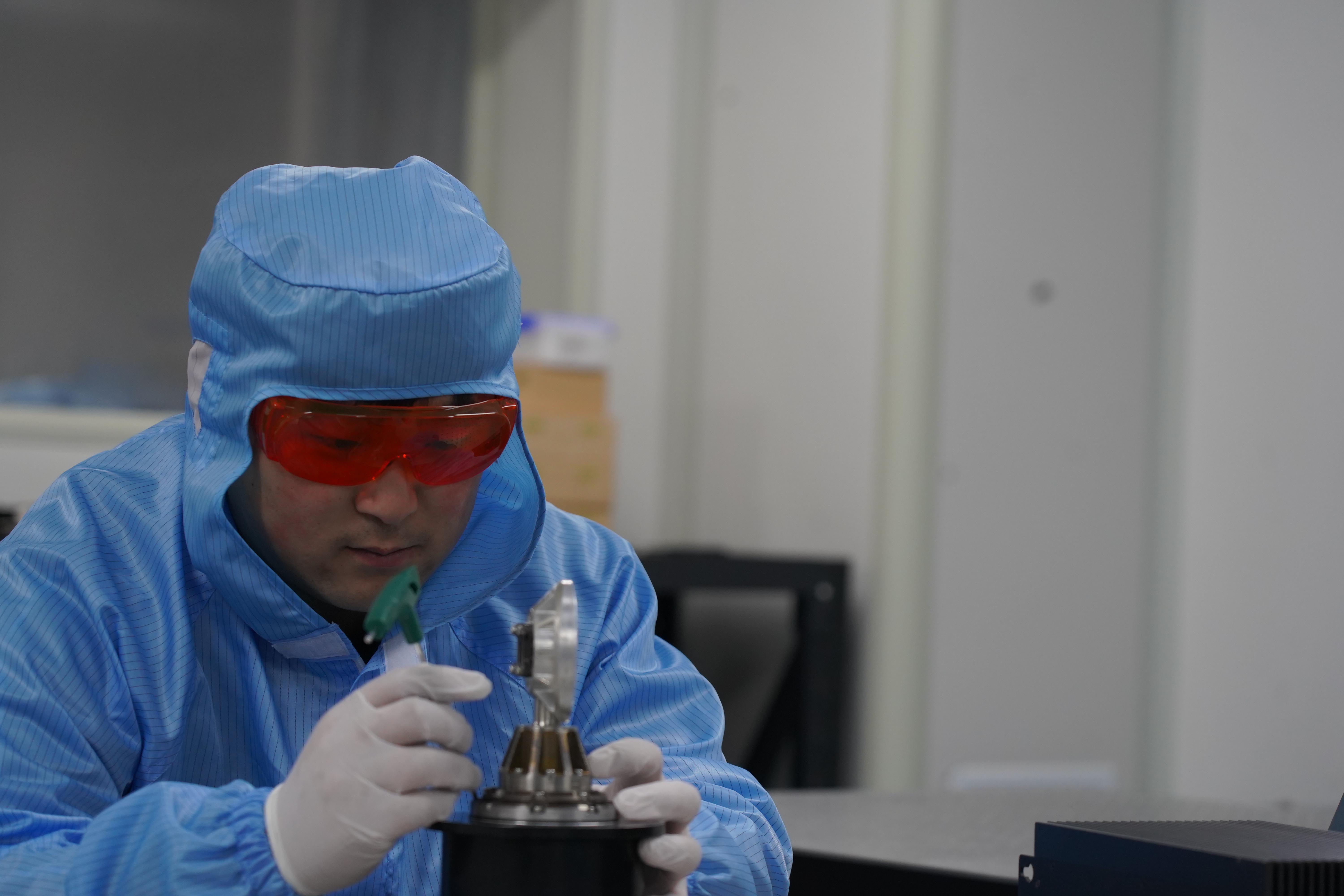
WORLD ENGINEERING DAY
FOR SUSTAINABLE DEVELOPMENT
BUILD BACK WISER, ENGINEERING THE FUTURE

The World Engineering Day for Sustainable Development was proclaimed by UNESCO at its 40th General Conference in 2019. It is celebrated worldwide on 4th March of each year since 2020 as a UNESCO international day of celebration of engineers and engineering.
The day offers an opportunity to highlight engineers and engineering’s achievements in our modern world and improve public understanding of how engineering and technology are central to modern life and for sustainable development.
The Day is also an opportunity to engage with government and industry to address the need for engineering capacity and the quality of engineers around the world and develop strategic frameworks and best practices for the implementation of engineering solutions for sustainable development.
ENGINEERING is a power between nature and civilization, transforming the world in which we live; it is a key role in the advancement of society, facing all challenges to create a beautiful future; it is a strong tool, turning these dreams into reality, cherishing all valuable resources and achieving sustainable development goals.
ENGINEERING is everywhere, is between you and me, fostering innovation, encouraging diversity, engineering a better life for all.
March fourth every year, together we march forth towards a brighter future.
There is a large group of engineers on Science Island playing an essential part of HFIPS’s diversity and contribution.
ITER TAC 1 engineering group, ASIPP
Looking back at the year of 2019, Chinese Consortium got the order of ITER Tokamak Assembly which is officially called Contract TAC-1, when the ITER assembly, July, 2020, was approaching.
TAC-1 is core part for the ITER Tokamak. And complexity of the part itself makes the assembly extremely complicated.
The assembly of ITER is composed of several main subtasks, for instance, the assembly of Superconducting Magnet system, Magnet Feeder system, Cryostat, Cold shield and Diagnostics etc. It means there will be tens of thousands of components are going to be assembled on-site. To assure the successful operation of such a complicated machine, the assemble of its core part must achieve extremely high accuracy which leads it to not an easy work.
The giant machine started its assembly in July, 2020 when the pandemic was sweeping across the world. The TAC1 engineering group traveled to ITER site, South France, for implementing their engineering mission even though the uncertainty and difficulty by ongoing COVID-19.
ITER, as one of the most ambitious energy projects in the world today, aims to bring the sun power to the earth providing a nearly unlimited clean energy to all humans. On its assembly site, a diverse group of engineers working together facing kinds of challenges that we never meet ever, pushing limits of science and engineering, marching forth towards the sustainable energy of us all.



Optical engineering center, AIOFM
A key component on the observational instrument aboard the satellite
As a human, we never stop step to explore the universe uncovering what is it beyond the limit. We also send our eyes to the space observing the planet in another way. Aerospace program as an extremely complex project in which engineers with different background working together to tackle variety of challenges, getting the problems solved.
Optical engineering center with AIOFM, HFIPS is one of those engineering communities designing and manufacturing key components for observational instruments aboard the satellite.
The extreme condition during the rocketing lifting and satellite orbiting set high standards that the component have to implement, like strong vibration, huge temperature difference and extremely long working hours over 50,000 hours.
Days and nights, engineers repeat the design, manufacture and test. They focus on every aspect of the components to make sure its normal operation during the long time orbiting after the lifting with vibration.
The satellite is orbiting around the planet with those observational instruments working normally sending high-resolution images of the amazing blue water planet, which helps us know the world that we live in much better.



